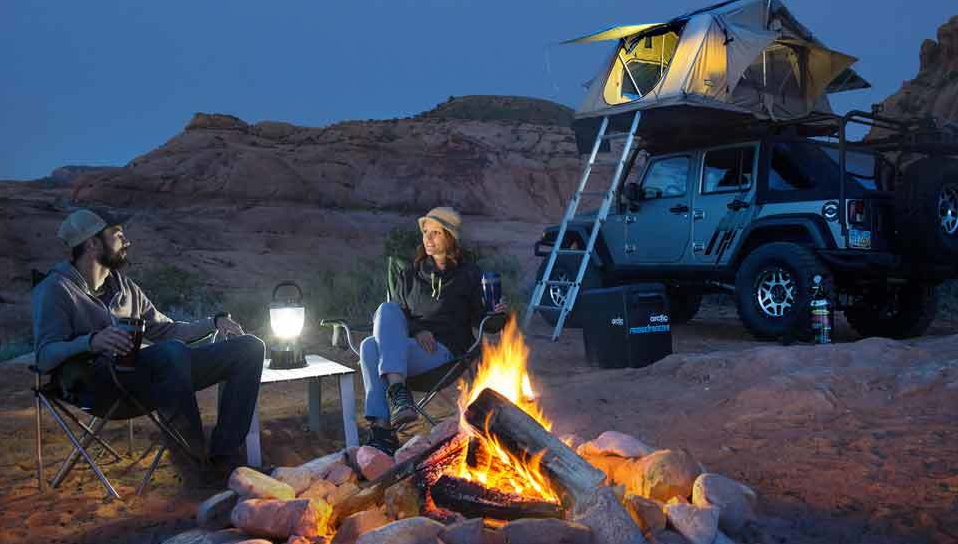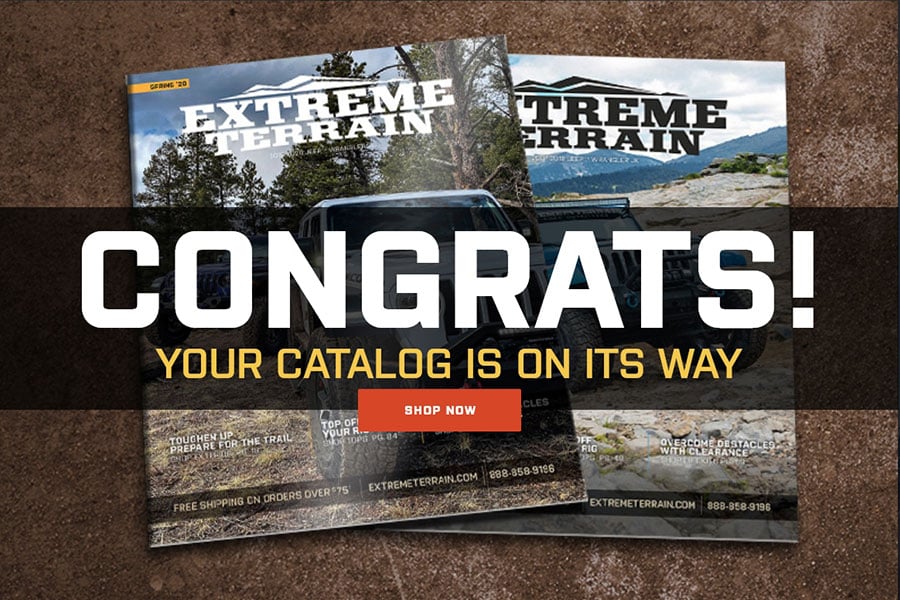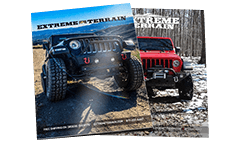


An Intro to Jeep Overlanding
Jeep Overlanding: Taking It To the Next Level
One of the best things about owning a Jeep is being able to go wherever you want. Jeeps are some of the best off-road vehicles, which makes them a perfect choice for overlanding. Overlanding is one of the more extreme versions of off-road travel. Overlanding is sometimes compared to backpacking, except you are doing it in style with a Jeep. When you overland, you are taking it extremely off trail, much like the wagon train of another day and time. Some drivers spend weeks, months, or years on their overlanding trips, although this is not recommended for newcomers. Overlanding trips are not something normal Jeep drivers should blindly attempt. Even the most rugged Jeep may not necessarily be equipped for overlanding. Diving into a trip without taking the necessary precautions could lead to the driver suddenly having a trapped Jeep deep in the woods, which is incredibly difficult and usually very expensive to extract.
Making an Overlanding Vehicle
One of the biggest concerns that new overland enthusiasts have is the cost of Jeep parts. However, it is possible to create a perfect overlanding vehicle without spending a lot of money. There are certainly some costs that have to go into it, but experience is just as important as parts. Drivers can spend a small fortune creating what they believe is a perfect vehicle, but if they don’t understand how their Jeep works or how to properly drive it, they will still end up stuck.
In terms of engines, durability is one of the most important factors, closely followed by horsepower. Even short overlanding trips can be very draining on the vehicle, so durability is always going to be important. Horsepower is important to you and can make the difference between going through difficult terrain, especially in hilly areas, or going turtle, wheels in the air. Opt for the 3.6L stock engine so that you know you aren’t going to be left hanging on the rocks with nowhere to go.
Other parts to consider upgrading to could include:
- Rocksliders
- Snorkels
- Suspension lifts
- Winches
- Larger tires
Another important consideration is fuel economy. During overlanding trips, drivers do not have the luxury of pulling off the highway to find a nearby gas station. Overlanding drivers have to carefully plan their trips and be very precise with their fuel estimates.
Overlanding drivers need strong, reliable axles. For off road travel, open differentials are a death sentence. Air or electronic locking differentials are great for overlanding trips, but a limited-slip differential for the rear axles can get the job done for drivers that are on a tighter budget. Most Jeeps are built with suspension in mind for off road travel, but drivers should make sure the suspension holds up with all the extra weight from their supplies.
Overlanding Supplies
How many supplies you bring with you varies by the trip, as well as personal preference. There are a couple of common items that are required no matter what the trip. It may seem basic, but you should have plenty of options for food, drink and basic lodging. Even if you are not planning on overnight trips you should have these on hand, just in case something happens that causes you to have to stay the night.
A good beginning list should include:
- Shovels and axes
- Tire repair kits
- Hi-lift Jacks
- Portable Air compressors
- Jerry Cans for additional fuel
- Water containers
- Roof racks and storage
- Jeep Tent
You should plan to take both traditional maps as well as a GPS mapper. There are specific brands available which are meant for hiking and off-road travel. Drivers traveling in a group should have some form of communication available, such as walkie talkies or ham radio setups.

